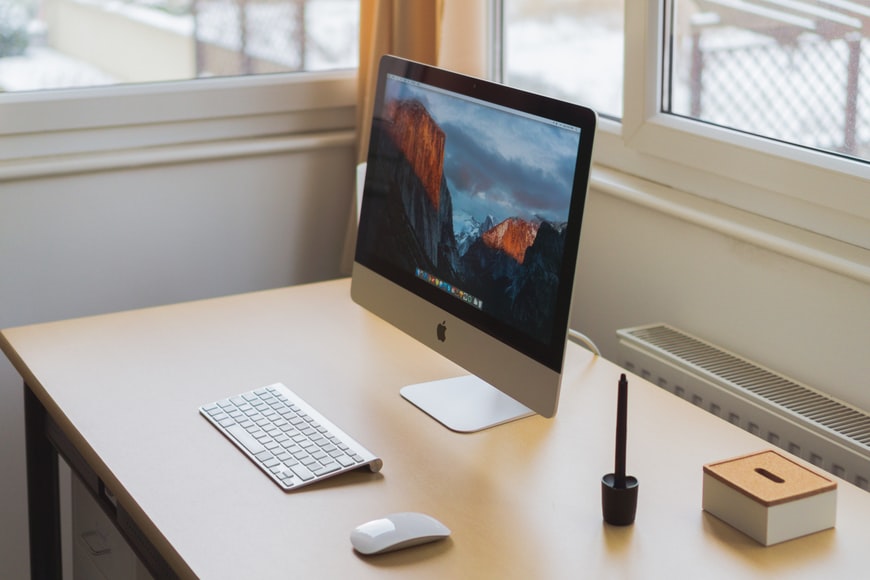Computer Security evolved as a discipline because it can be extremely hard to protect your computer without the help of software. It is becoming more and more important as new computer viruses are appearing on the Internet every day.
The first step to protecting yourself from computer viruses is getting some good anti-virus software. The next step is to make sure you are protecting yourself from other attacks by using some form of firewall, anti-spyware, and/or anti-malware software.
Firewalls
A firewall is a barrier that prevents unauthorized access to or from a private network. A firewall protects your computer by blocking all traffic that is not explicitly permitted.
This means that whenever an application tries to connect to the Internet, the firewall checks if it has been authorized.
If the firewall finds out that the application has not been authorized, it denies it access to the network. With most firewalls, this process is completely by automation. So you don’t have to worry about checking for unauthorized connections each time an application tries to connect to the Internet.
Newer versions of Windows also come with their built-in firewall which you can configure for your use.
How often do I need to update my computer?
Companies such as Microsoft and Apple release security updates several times per month to patch vulnerabilities in their operating systems and applications.
They also release updates for applications such as Adobe Acrobat and Flash Player to patch vulnerabilities in those applications as well. You must keep your computer updated so you don’t become a victim of malicious hackers looking for unpatched systems on the Internet.
Anti-spyware
Malicious software, otherwise what we know as malware, is a general term to describe any application or program that performs an undesirable function. Spyware is a form of malware that collects information about your computer usage habits to exploit you.
Spyware can steal your identity, credit card information, passwords, and even your online banking passwords.
There are several ways to protect yourself from spyware. The first step is to install anti-spyware software on your computer. The second step is to change your computer’s browser settings so that it does not accept cookies from 3rd party websites. Cookies are little bits of information that are on your hard drive storage. For instance, by websites so they can recognize you on subsequent visits.
A 3rd party website is any website other than the one you are currently browsing. If you don’t accept cookies from 3rd party websites, the spyware will not be able to recognize you on subsequent visits. The last step is to use an Internet filtering tool such as NetNanny or CyberPatrol to keep yourself safe from pornographic websites while surfing the Internet. These tools will also help keep younger family members safe from inappropriate content by blocking access to certain websites while allowing access to others based on specific criteria (such as age ratings).
Anti-malware
Malicious software like viruses and worms are programs. Specifically to infect computers with malicious code, steal private data, or cause general mayhem, for instance. There is an entire industry to detecting and removing malicious software from computers; this industry is known as anti-malware (AM).
The term “malware” comes from the words “malicious” and “software”.
Anti-malware software can discover malicious software that has already infected a computer or it can prevent these types of infections in the first place by using real-time scanning technology. Real-time scanning is when the anti-malware checks for malicious code whenever you open a new program or document instead of checking for it manually at regular intervals or when the computer starts up.

